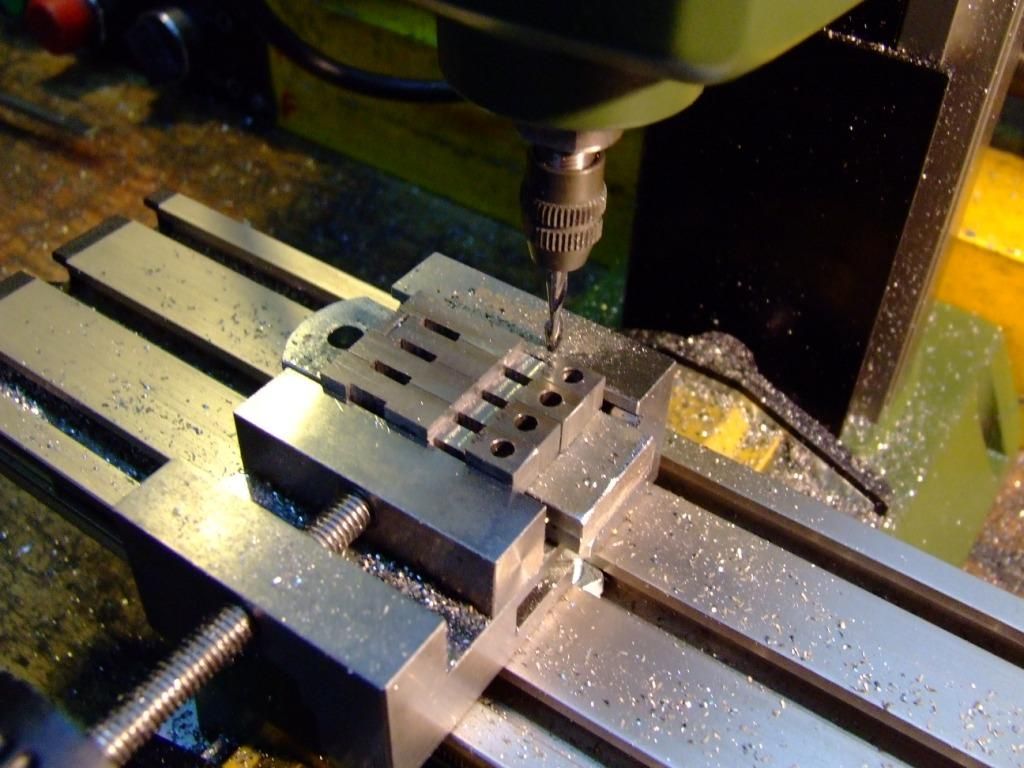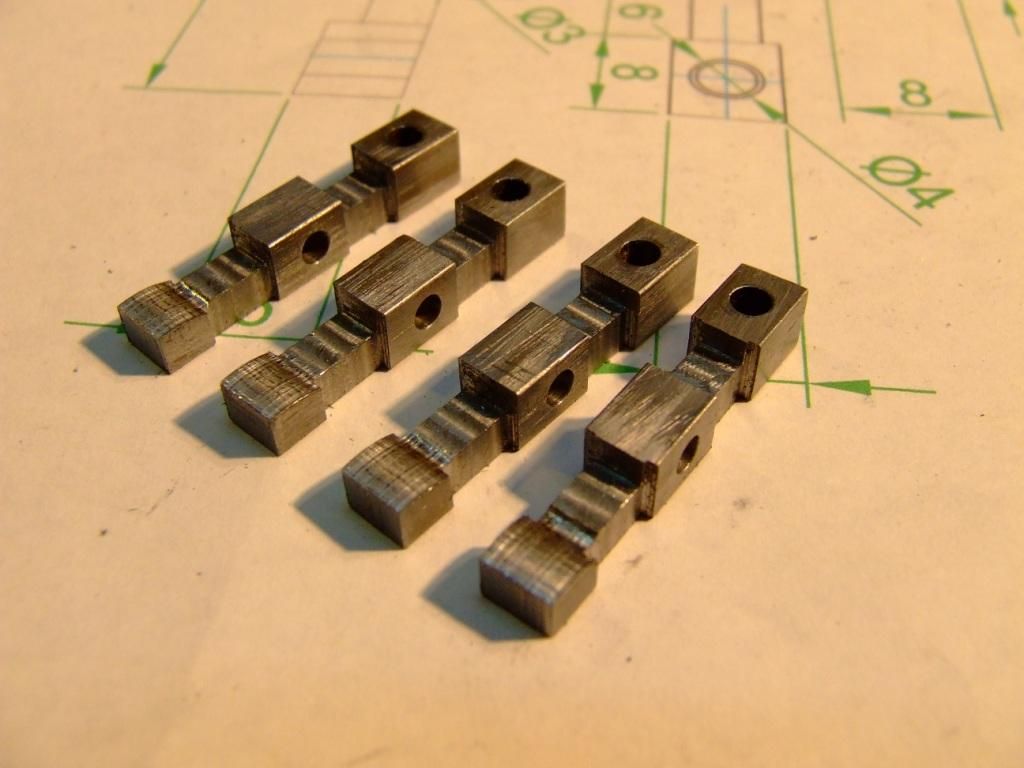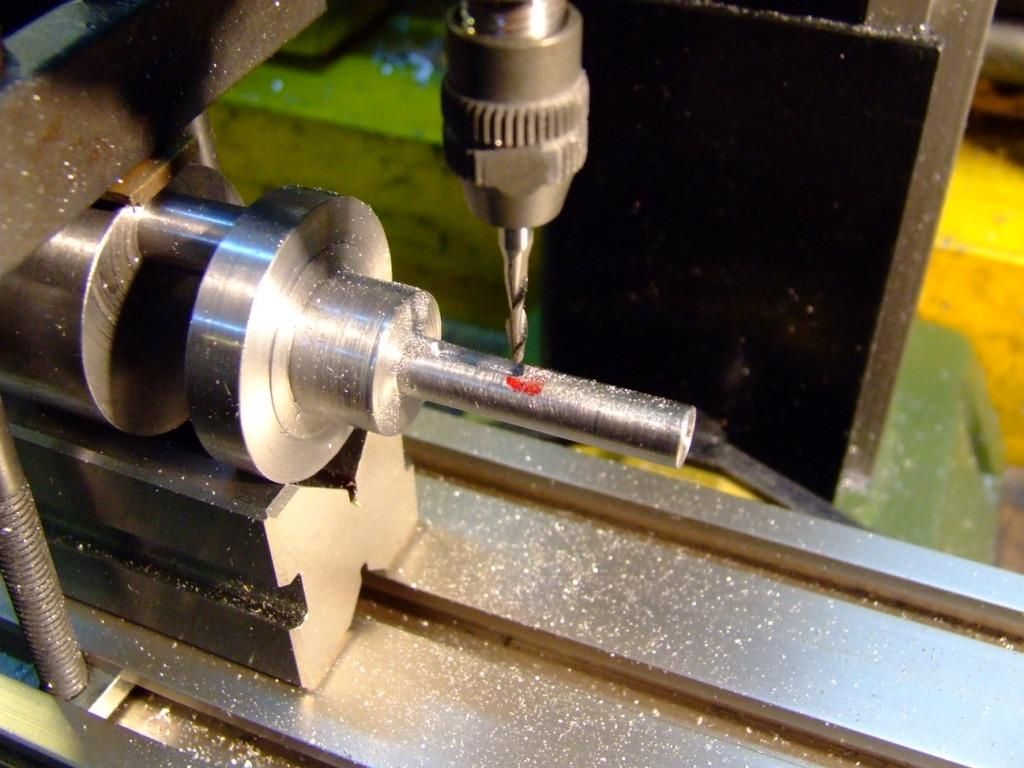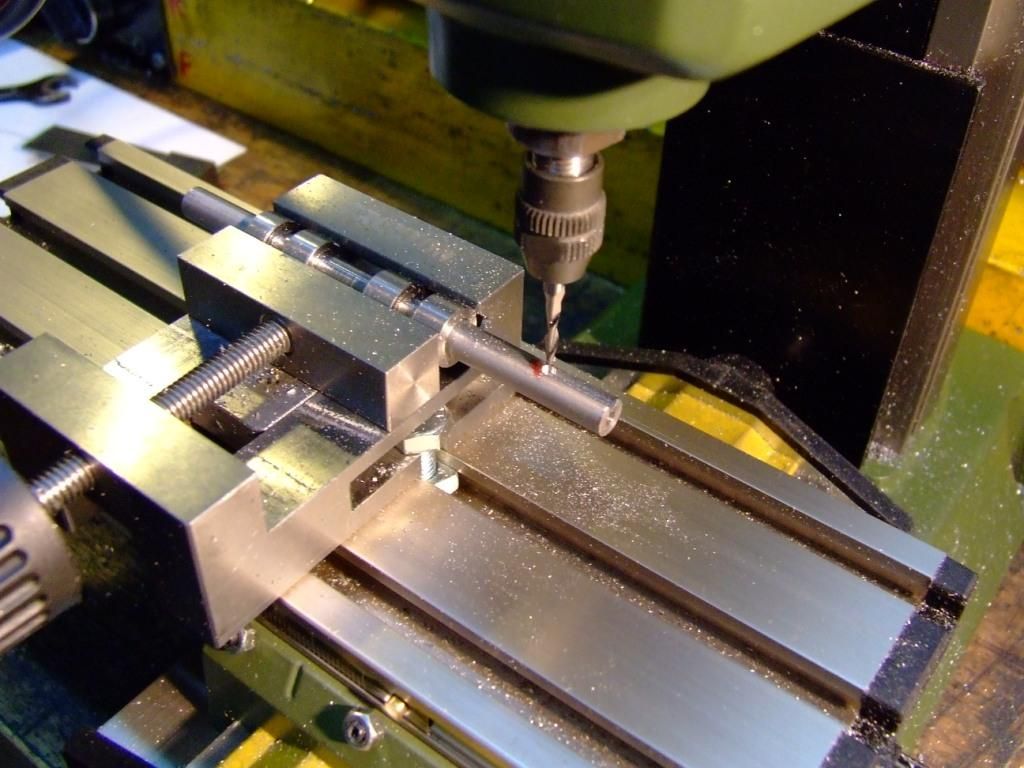@Pete
> Would it be too time consuming to separate into two halves to be put away?
Interesting question.
Maybe one could come up with some kind of quick release bolts??
What about removal of the table – or are we saying that it already weights c 50KG WITHOUT the table, and with the table it's c. 60Kg
@SillOldDuffer
If buying 2 machines, what would you recommend for the high speed small one (if not the Proxxon MF70)?
> …which suggests trying to combine high-rpm drilling and low-rpm milling in one machine is mechanically tricky.
Wait, exactly why are milling machines LOW rpm?
I thought it was just about getting a good cutting speed. And the outside edge of a drill will have the same cutting speed as the side of a milling blade, no?
> For that reason a specialist high-speed drill for small diameters
> will work well with a dinky motor and modest bearings hopeless for milling.
Yes, the bearings will blow up.
> And the power and bearings of a milling machine don't favour high speed.
Why?
And nowadays you see good quality robust bearings are all over place (e.g. on car wheels)
Surely power should help get up to speed.
@Frances IoM
TBH, this all sounds way beyond me.
What's a "DTI"?
@Peter Cook 6
> As far as I am aware [n?]either the Taig nor the Sherline mills
> have quills for drilling. Both rely on the Z-axis leadscrew for such motion…
I don't really understand.
Does this mean that you need to raise to milling table itself in order to drill?
Re getting a lathe instead, that would mean turning the part in question, yes?
In which case, no most of the time that won't be possible.
@Roger Best
Do you ever cut mild steel? What is the maximum diameter for cutting mild steel?
Some reviews think Proxxon MF70 flexes too much.
e.g. Although I've not watched the whole thing yet, this (Russian?) reviewer Sergey Kutuzov seems to find quite a lot wrong with the build quality…
**LINK**
Are there any alternative SMALL (and therefore high speed [e.g. 10,000+RPM] ) milling machines, that would be alternatives to the Proxxon MF70, but which have better build quality?
John Gray 7.








